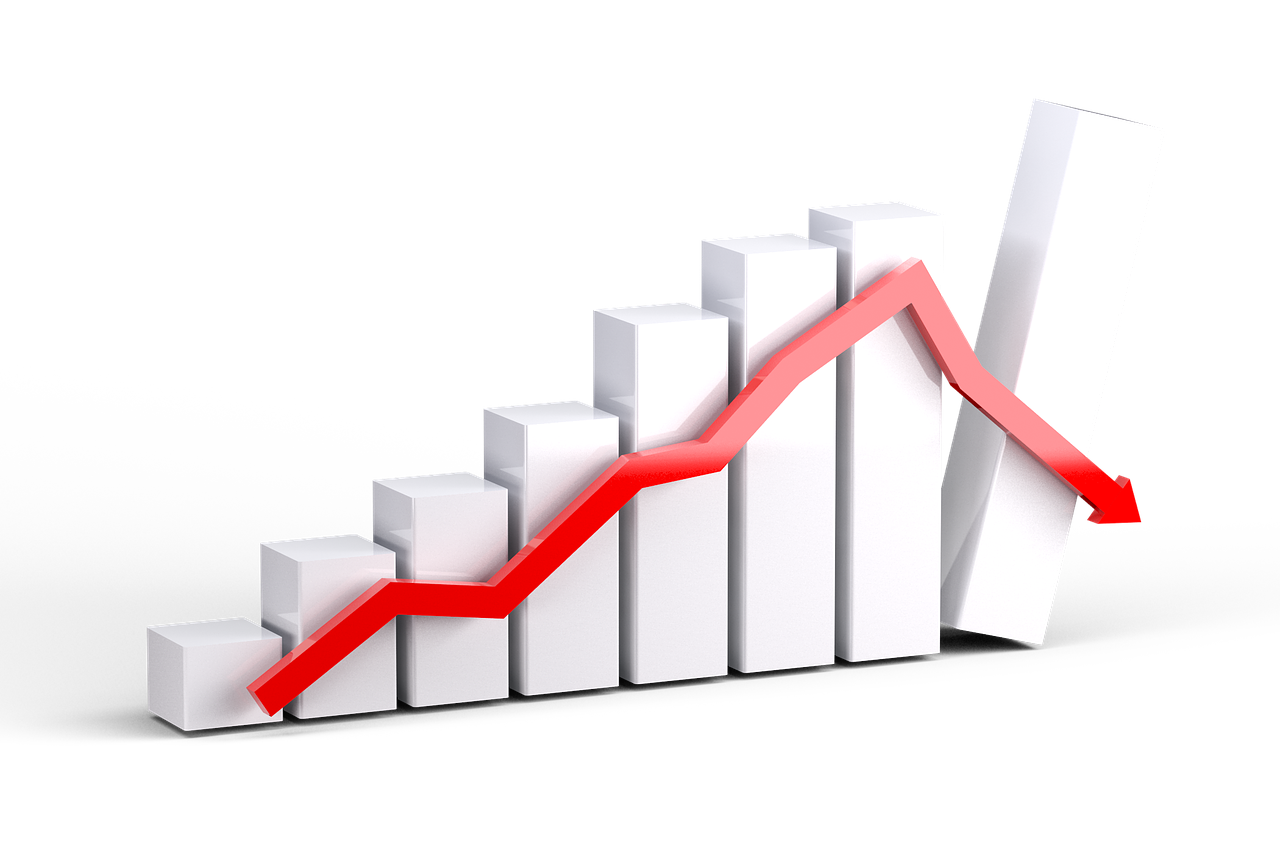Payroll
U.S. Job Growth Slows
Nonfarm payrolls rose by 206,000 and job growth in the prior two months was revised down by 111,000, the Bureau of Labor Statistics said Friday. The median forecast in a Bloomberg survey of economists called for a 190,000 increase.
Jul. 05, 2024

Matthew Boesler
Bloomberg News
(TNS)
U.S. hiring and wage growth stepped down in June while the jobless rate rose to the highest since late 2021, bolstering prospects that the Federal Reserve will begin cutting interest rates in coming months.
Nonfarm payrolls rose by 206,000 and job growth in the prior two months was revised down by 111,000, the Bureau of Labor Statistics said Friday. The median forecast in a Bloomberg survey of economists called for a 190,000 increase.
The unemployment rate rose to 4.1% as more people entered the labor force, and average hourly earnings cooled.
Average employment growth over the last three months slowed to the least since the start of 2021, reflecting a labor market that cooled more in the second quarter than previously estimated. The data are consistent with other reports showing a sharp decline in job openings this year and a growing number of people filing for unemployment benefits.
A sustained slowdown in hiring, combined with a recent moderation in inflation, bolsters bets that Fed policymakers will lower interest rates as soon as September. The jobs report is the last before Fed officials meet later this month.
“The downward revisions to the previous two months combined with the rise in the unemployment rate are the significant data points. Wage growth also is slowing,” said Kathy Jones, chief fixed-income strategist at Charles Schwab. “All of that adds up to a slower trend.”
Treasury yields fell and the S&P 500 opened little changed after the report. Investors currently expect the Fed will reduce rates twice this year, according to futures.
The numbers may shift the Fed’s perception of the balance of risks as unemployment increases against a backdrop of moderating inflation. Minutes from the central bank’s June meeting showed growing concern that a further slowing in the economy will result in a higher jobless rate.
The participation rate — the share of the population that is working or looking for work — rose to 62.6%. The rate for workers ages 25-54, also known as prime-age workers, increased to a 22-year high of 83.7%.
In June, about three-fourths of the job gains were in health care and government. One concerning sign was the steepest slide in temporary-help employment in more than three years. Manufacturing payrolls decreased by the most since February.
Wage growth continued to cool. Average hourly earnings rose 3.9% in June from a year ago, matching the smallest annual advance in three years. Wages for production and nonsupervisory employees, which covers the majority of workers, increased 4%.
The figures won’t help an embattled President Joe Biden, who is facing a growing number of calls from many Democrats to abandon his re-election bid following his disastrous debate with predecessor Donald Trump.
“People are coming to the labor market looking for jobs,” Julie Su, acting Labor Secretary, said on Bloomberg Television. “It is taking them longer to find them but we are seeing a balance between supply and demand when it comes to workers looking for jobs and employers finding what they want.”
(With assistance from Chris Middleton, Steve Matthews and Charles Ayitey.)
___
©2024 Bloomberg L.P. Visit bloomberg.com. Distributed by Tribune Content Agency, LLC.
